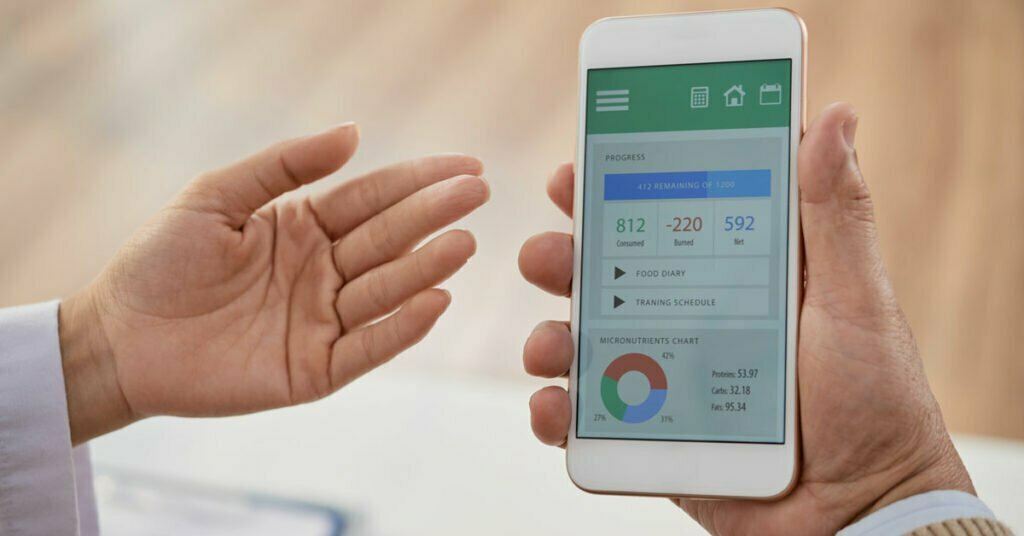The COVID-19 pandemic has fundamentally changed the way care is given. Remote Patient Monitoring technology, formerly considered a promising tool for improving care delivery, is now at the forefront of practically every element of patient care. Furthermore, the Centers for Medicare & Medicaid Services (CMS) has opened new opportunities to reimburse providers for non-traditional modes of patient interactions such as Telehealth or Remote Patient Monitoring (RPM).
Given these opportunities and the urgent needs of patients, what should healthcare providers know before inviting patients to remote monitoring systems? Here are the five (5) key considerations for effective Remote Patient Monitoring (RPM):
1. Focus on “simplicity and security first” mindset.
To help patients ease their burden with their illness, choose a simple, easy-to-use RPM. Most patients are already in their twilight years. As such, they are no longer willing to learn new and complicated things like how to use a new medical device or use a smartphone to track their vital signs. Choose a straightforward technology that will somehow ease the patient’s burden and not add to it. For example, an obese patient who needs to check his weight and heart rate every day needs an RPM that uses a weighing scale that measures the weight and heartbeat at the same time. Rather than using two separate devices. Furthermore, a simple, easy-to-use RPM must allow patients to track their vital signs with a single tap or in just one click.
Also, one thing to consider is security. Never let patients and providers worry about data breaches or leakages. Choose an RPM that provides maximum protection so providers can focus more on treating their patients, and patients may focus more on their treatment compliance.
2. Make full use of the most advanced RPM technology and devices.
Although simple and easy-to-use, an efficient RPM must maximize the most advanced technology and devices to take advantage of the full benefits of RPM. Instead of using a smartwatch that only counts the steps and calories burned, use one device that measures multiple parameters such as ECG, heart rate, respiratory rate, blood pressure, body temperature, and others. Further, these measurements should be transmitted to secure database storage and made accessible to the provider automatically and in real-time to avoid delays in medical interventions.
3. Focus on engaging your patients.
Providers can gain new insights into patient’s physiological data by using the most advanced devices and RPM technology. This allows them to understand their patient’s health issues better and provide effective treatment plans.
With RPM, patients are monitored remotely, given greater healthcare access, and expanding their engagement with care delivery. With the integration of simple, easy-to-use devices, RPM may foster the active participation of patients with their doctors and clinicians and may be a potent motivator for the success of patient monitoring.
As a result, most RPM devices include a mobile component that encourages patients to participate and engage. Usually, engagement comes from the simplicity of RPM and the peace of mind that comes with knowing their health is being monitored 24/7.
4. Make sure your objectives are clear and your workflow is smooth.
The most important question to answer when planning to use RPM is why you’re doing it. Providers and patients alike must believe in their goals. Otherwise, involvement will dwindle fast.
Both the providers and patients must be able to comprehend the education they receive. Patients must demonstrate their ability to use and measure their physiological data, and it must be transmitted in real-time to their providers. However, should any of the processes fail, clinicians or the RPM provider must know the cause of such failure, and an alternative action must always be available.
5. Make Remote Patient Monitoring your long-term goal.
Whether implementing a new patient monitoring tool is part of a system-wide redesign or simply as another powerful option toolkit, the most brilliant move is approaching it as a permanent feature rather than a temporary solution. RPMs are beneficial additions to any long-term care strategy because of their ability to increase results and patient satisfaction.
The Centers for Medicare & Medicaid Services (CMS) undoubtedly thinks along similar lines, having just expanded the RPM reimbursement plan. Since many nursing homes have yet to adopt RPM, it could provide a significant competitive edge in the future.
Healthcare was in a state of flux even before COVID-19. When uncertainty has only grown, the wise, long-term use of patient monitoring technology may present a once-in-a-lifetime opportunity to use available, cost-effective tools to not just weather the current crisis but to emerge stronger on the other side.
Takeaway
The COVID-19 pandemic has fundamentally altered the way care is given. What was once a cutting-edge instrument for enhancing care delivery is now integrated into practically every element of patient care. And, while this change occurred in a matter of months, it is expected to stay.
Patient monitoring had been gradually rising before the COVID-19 pandemic. However, only during this time that RPM has been fully utilized. With this, what should physicians understand before committing to a patient monitoring system?
First, focus on simplicity and security. This is the most important consideration when planning to integrate RPM into your patients’ care. Second, use the most advanced technology and devices to maximize the benefits of RPM. Third, focus on patient engagement to have successful patient monitoring. Forth, plan your objectives and make sure that workflow runs smoothly. Lastly, plan to use RPM permanently.
How DrKumo Helps
DrKumo, Inc. is a technology company that utilizes a state-of-the-art yet very simple, secure and easy-to-use RPM and sensor-fusion technology. DrKumo’s RPM uses a multi-level of security to ensure that sensitive and private information is stored and transmitted sans possibility of leakage and breach.
Further, DrKumo is focused on empowering patients to be more involved with their health care. It also has 24/7 customer support to accommodate queries from patients and providers alike. Finally, DrKumo is always up-to-date and ready for long-term use. Consider using the most advanced and efficient RPM. Consider DrKumo.









